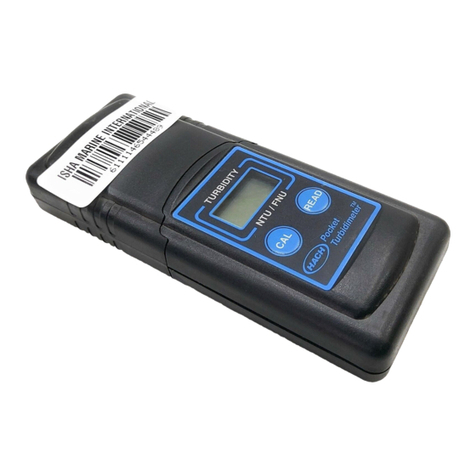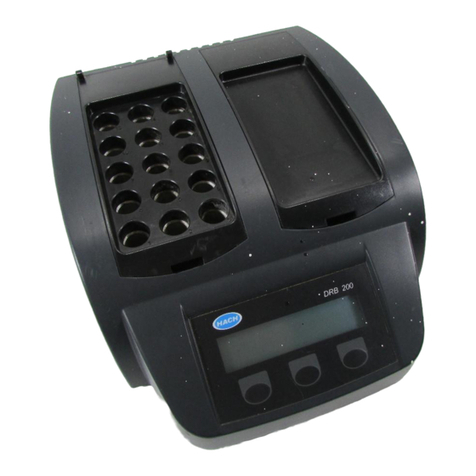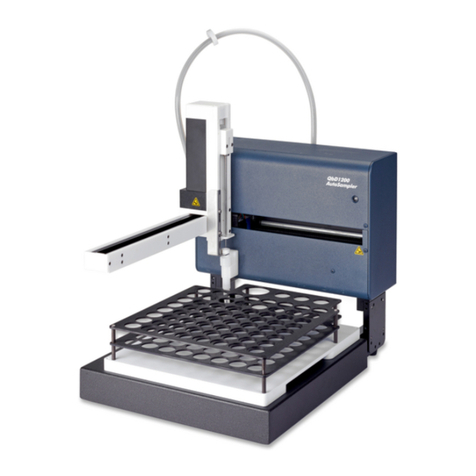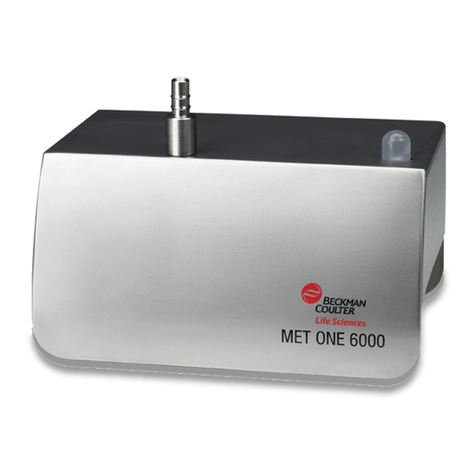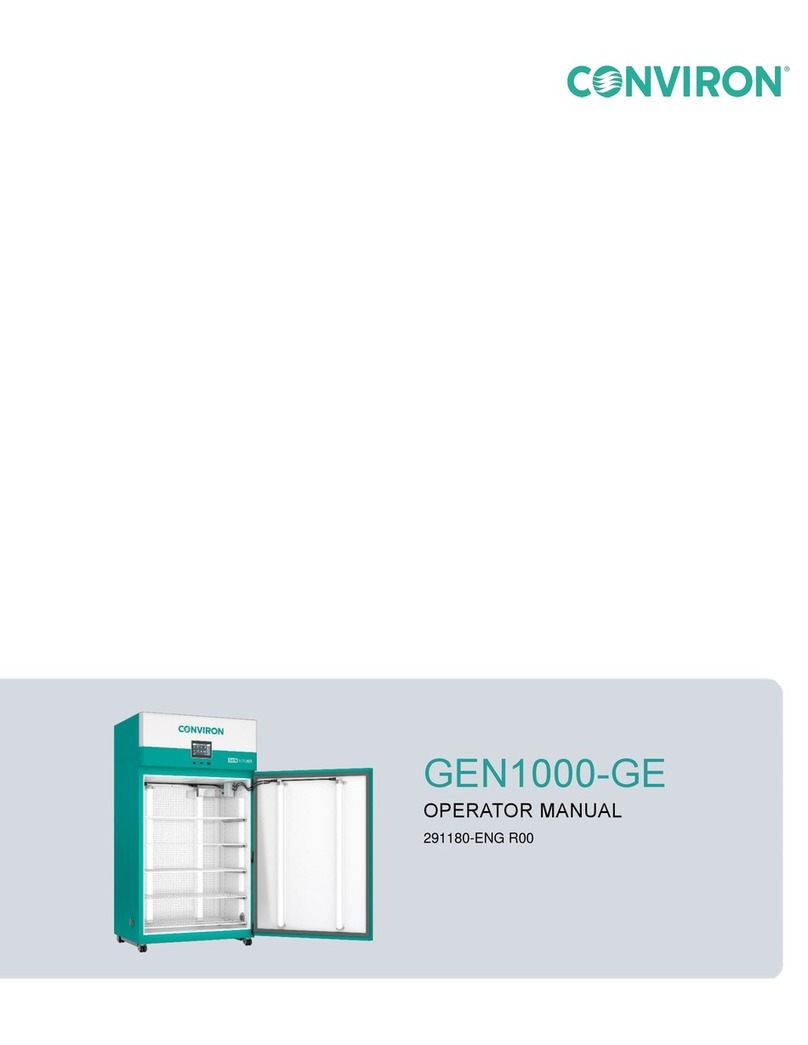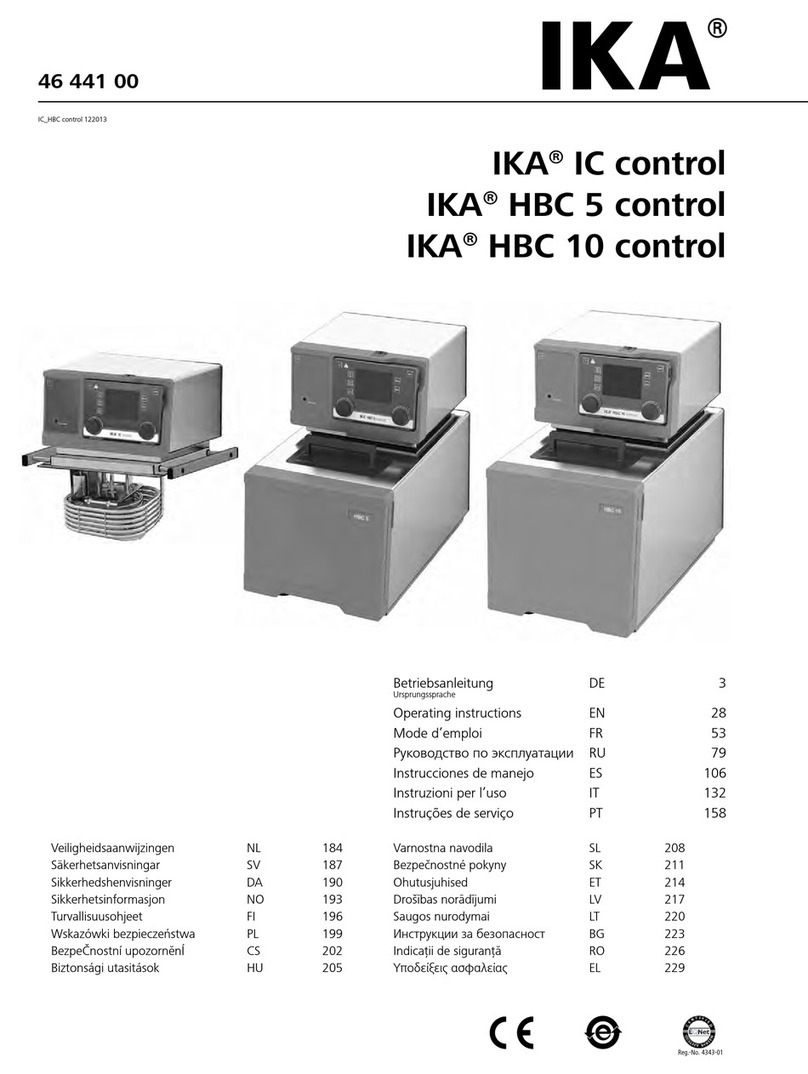Hach DRB 200 User manual
Other Hach Laboratory Equipment manuals

Hach
Hach sensIONTM+ pH31 User manual

Hach
Hach BODTrak II User manual
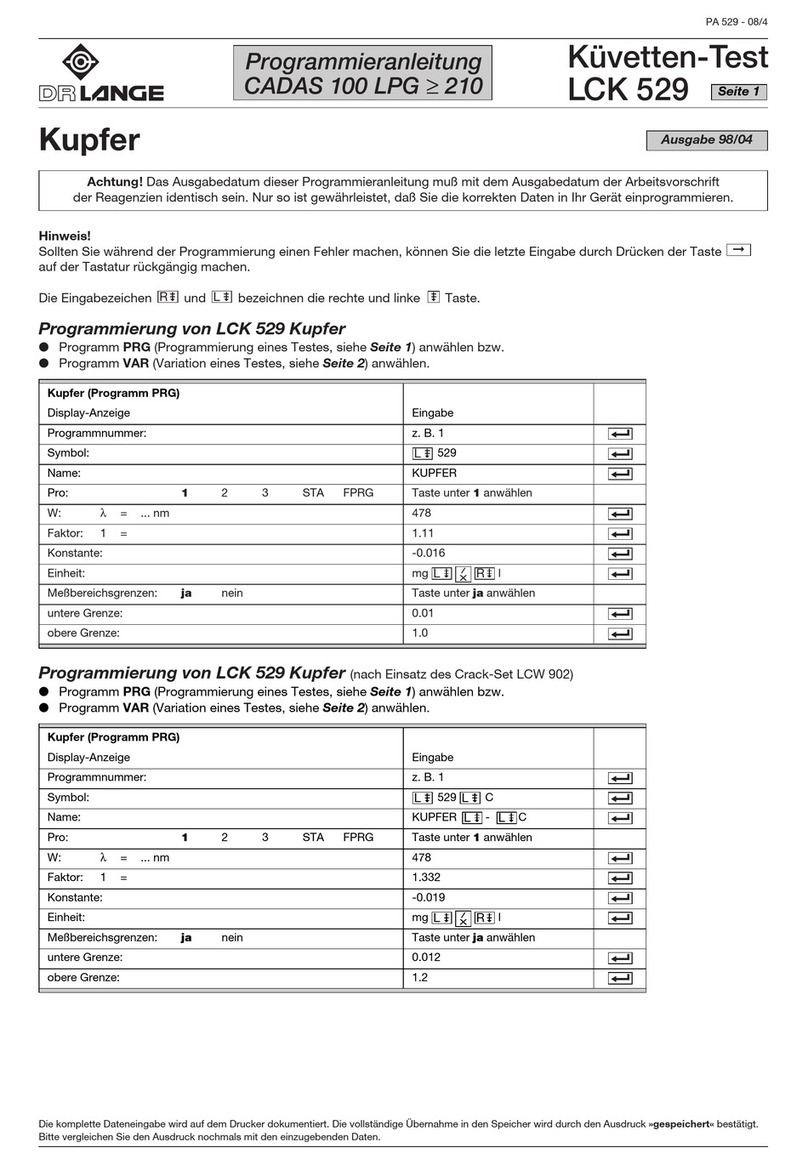
Hach
Hach Dr Lange LCK 529 Installation manual
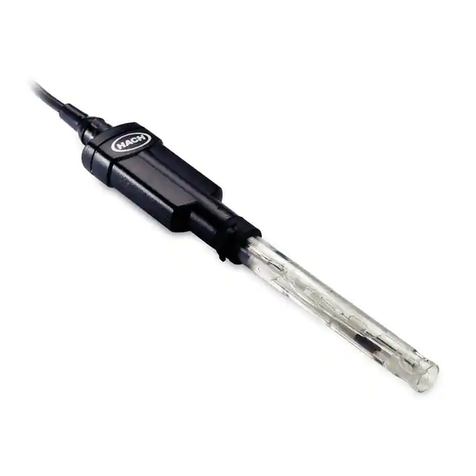
Hach
Hach PHC281 User manual
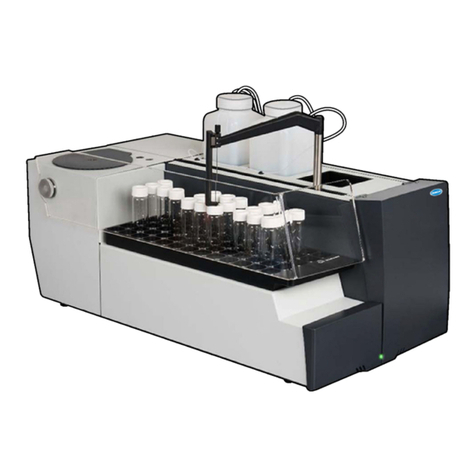
Hach
Hach QP 1680-TOC/TNb Quick manual
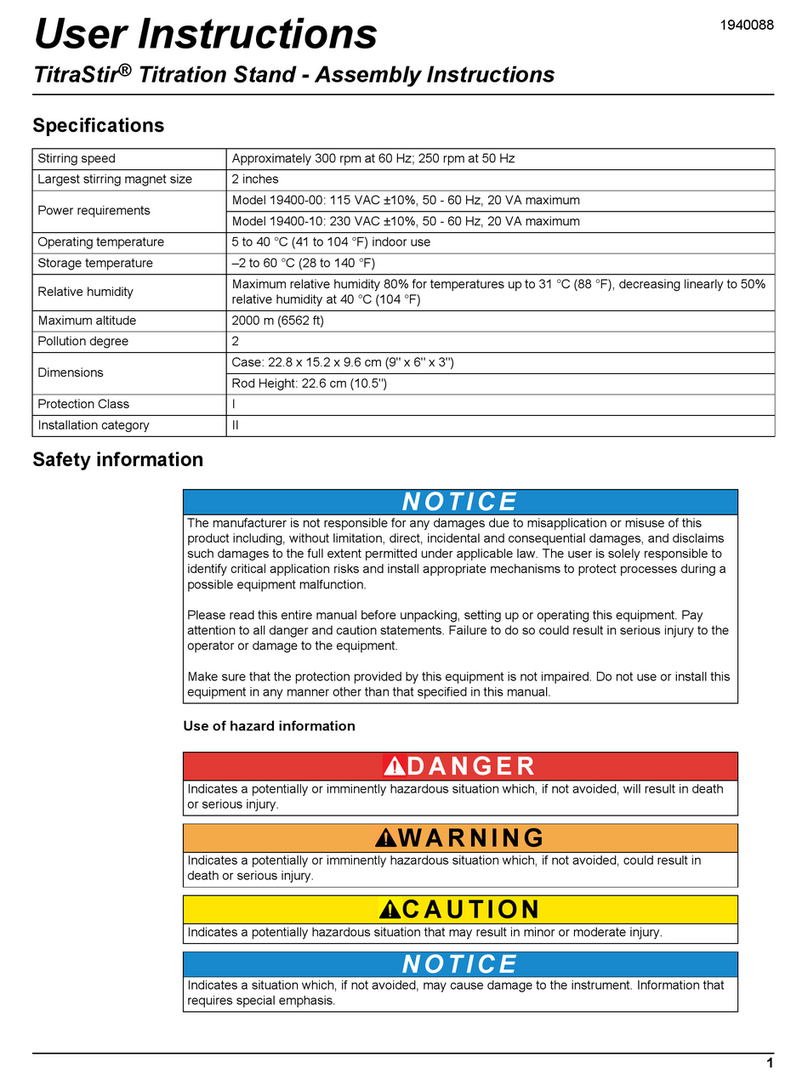
Hach
Hach TitraStir 19400-00 User manual

Hach
Hach LT 200 User manual
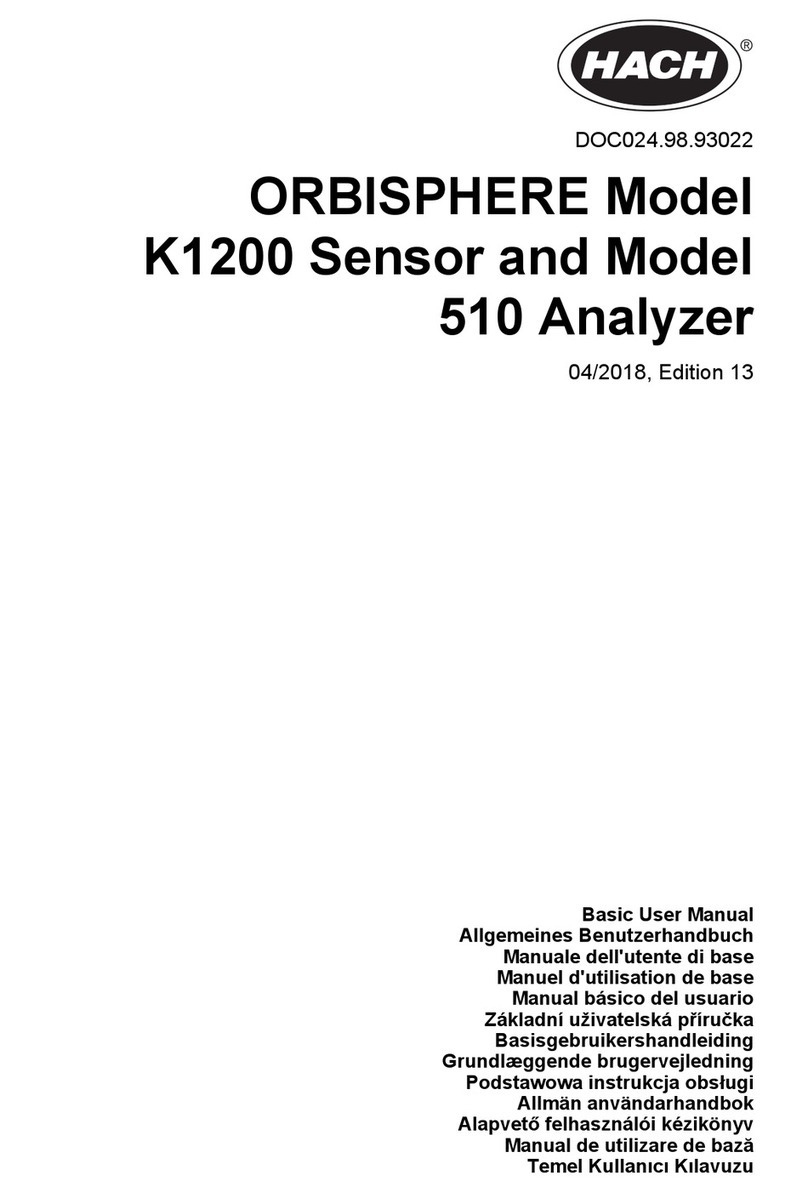
Hach
Hach ORBISPHERE K1200 Quick manual
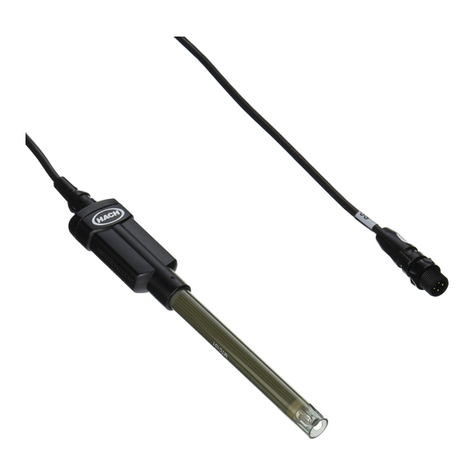
Hach
Hach MTC10101 User manual
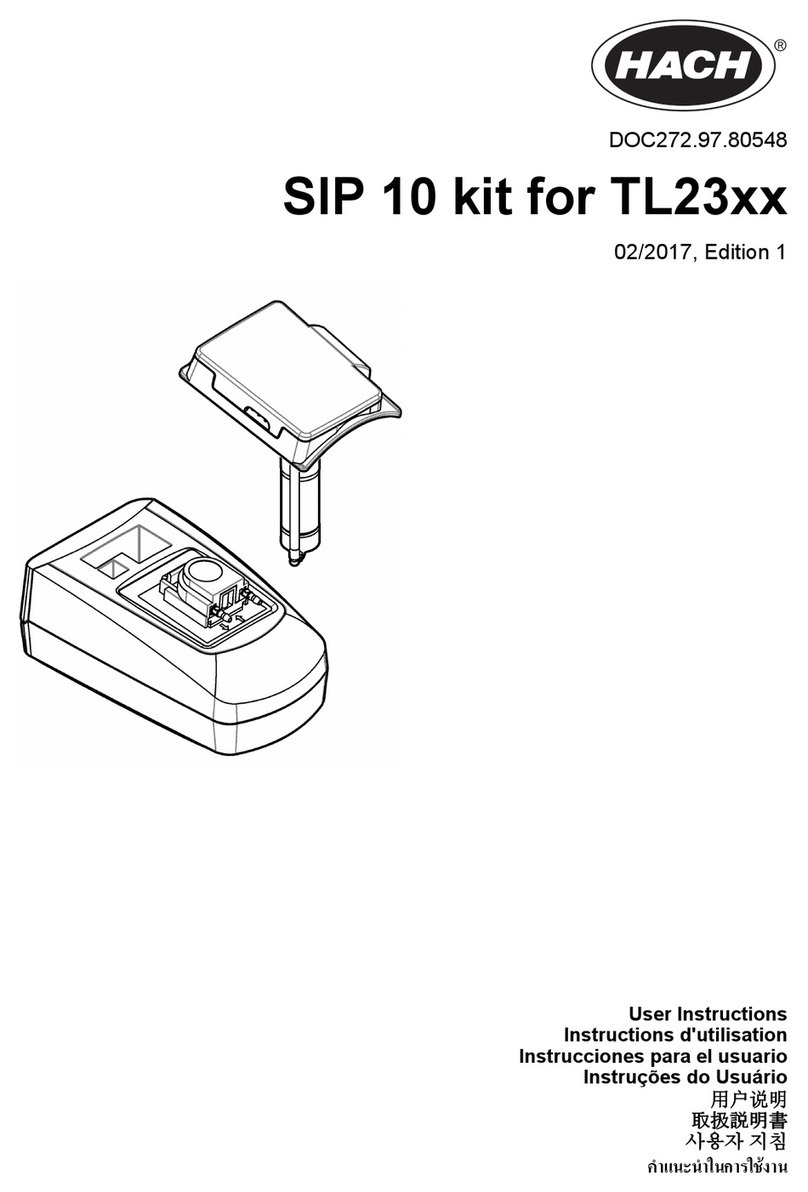
Hach
Hach SIP 10 kit User manual
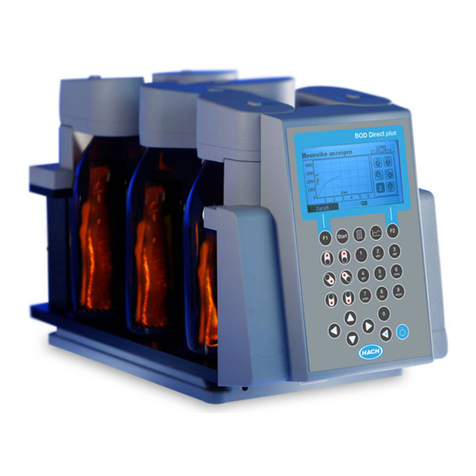
Hach
Hach BOD Direct plus Quick manual
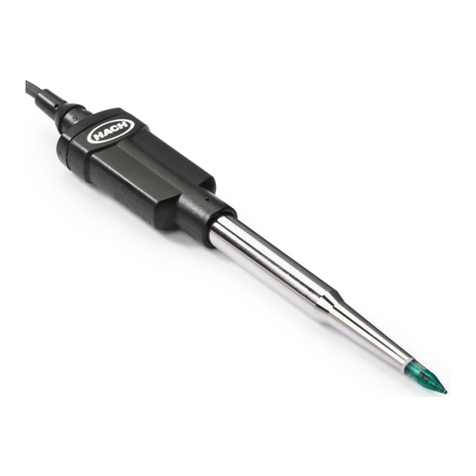
Hach
Hach PHC108 User manual

Hach
Hach DR 6000 Quick manual
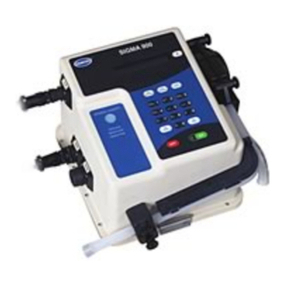
Hach
Hach SIGMA 900 User manual
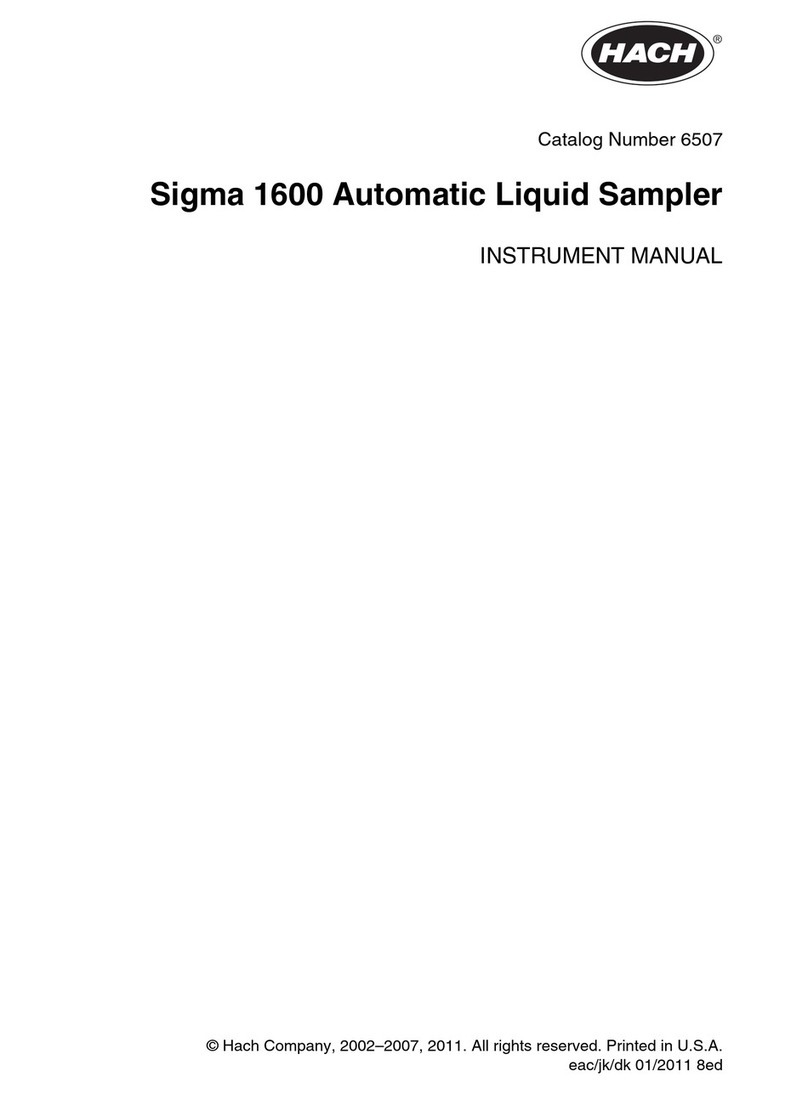
Hach
Hach Sigma 1600 User manual

Hach
Hach Digesdahl 23130-20 User manual
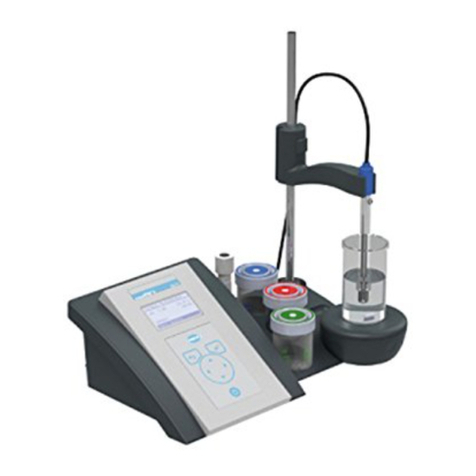
Hach
Hach sensION+ EC7 User manual
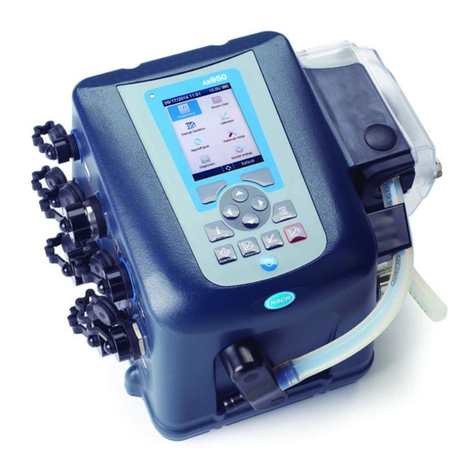
Hach
Hach AS950 AWRS Instruction Manual

Hach
Hach Debubb User manual
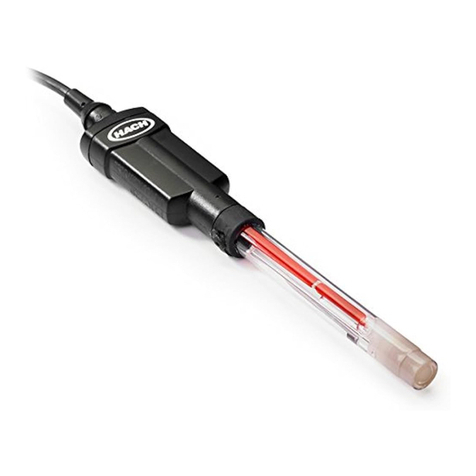
Hach
Hach PHC729 User manual
Popular Laboratory Equipment manuals by other brands
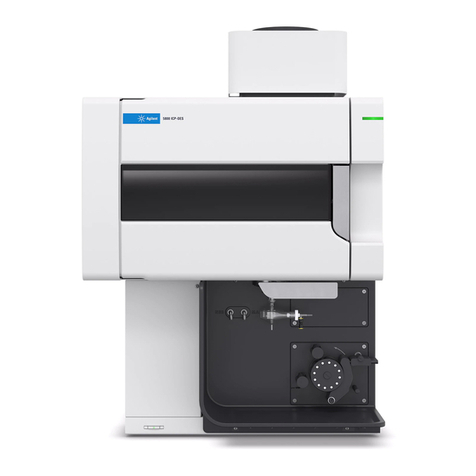
Agilent Technologies
Agilent Technologies 5800 ICP-OES user guide

Endress+Hauser
Endress+Hauser Cleanfit CPA875 operating instructions

NI
NI PXI-5422 CALIBRATION PROCEDURE
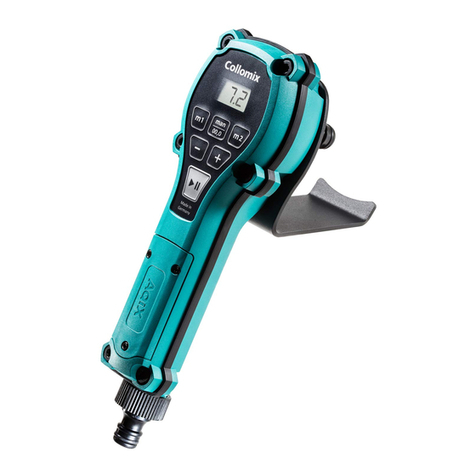
Collomix
Collomix Aqix operating instructions
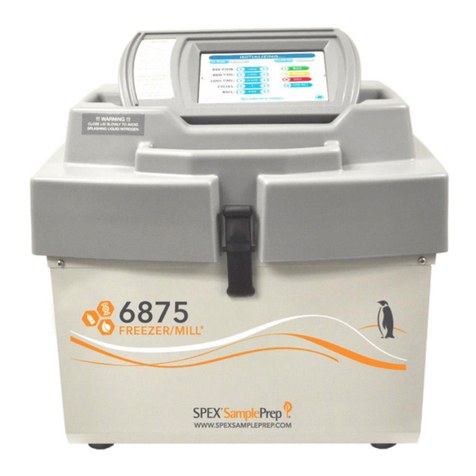
SPEX SamplePrep
SPEX SamplePrep 6875 Freezer/Mill Series operating manual
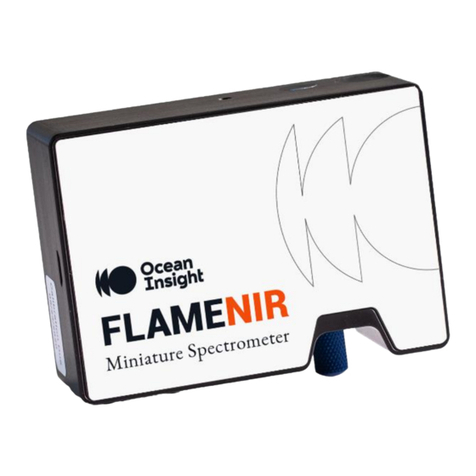
Ocean Insight
Ocean Insight FLAME-NIR+ Installation and operation manual
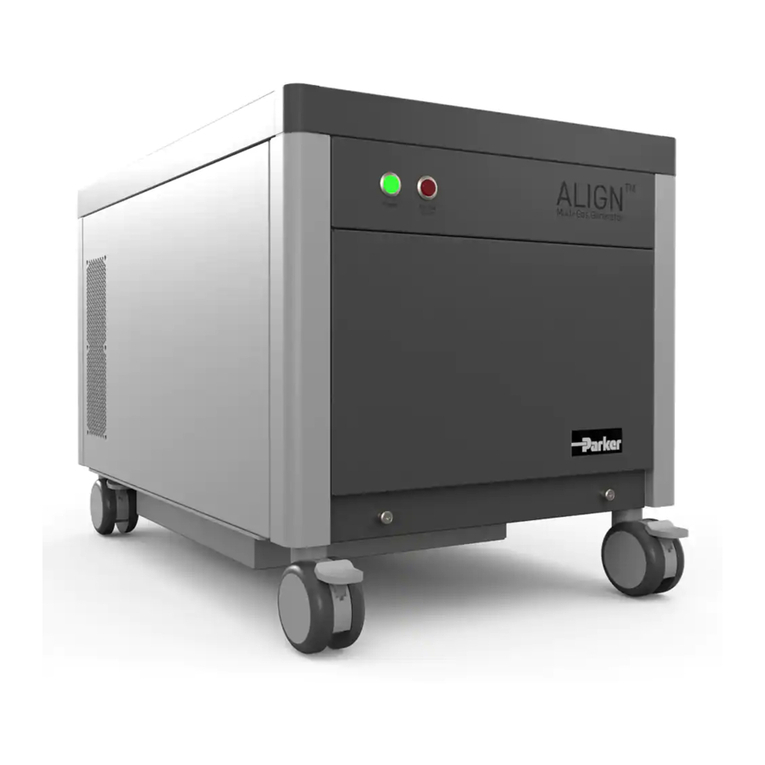
Parker
Parker ALIGN-MG-NA Installation, operation and maintenance manual
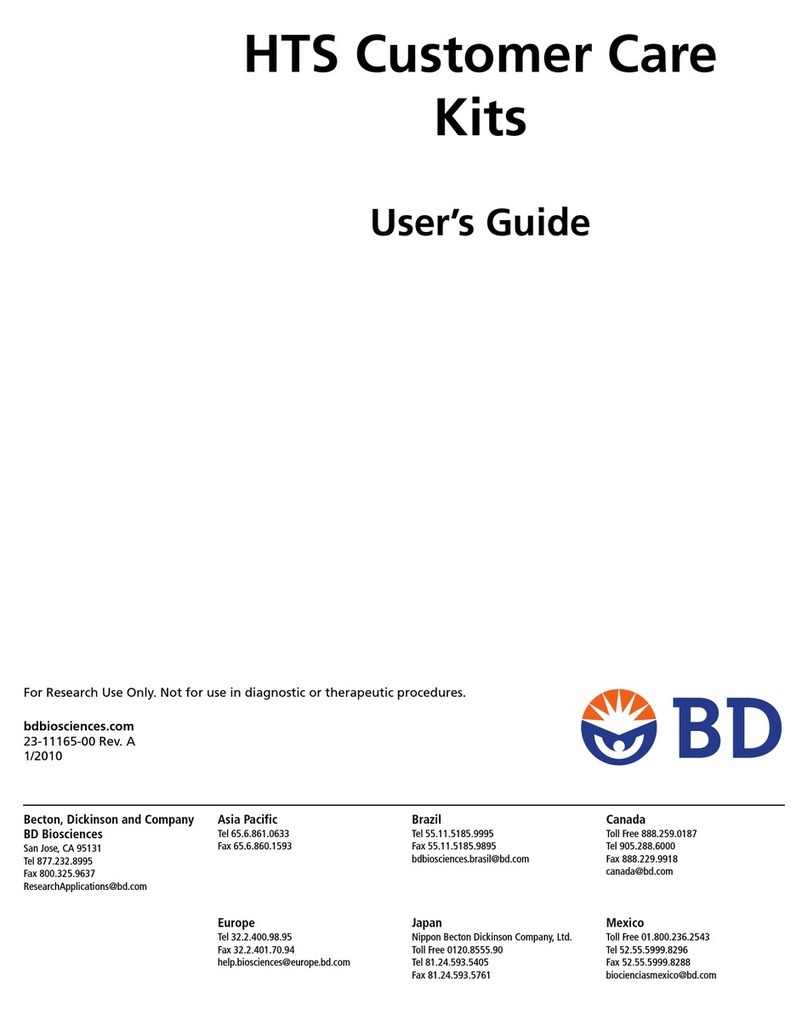
BD
BD 644787 user guide

DENTAURUM
DENTAURUM Compact Megaplus Instructions for use
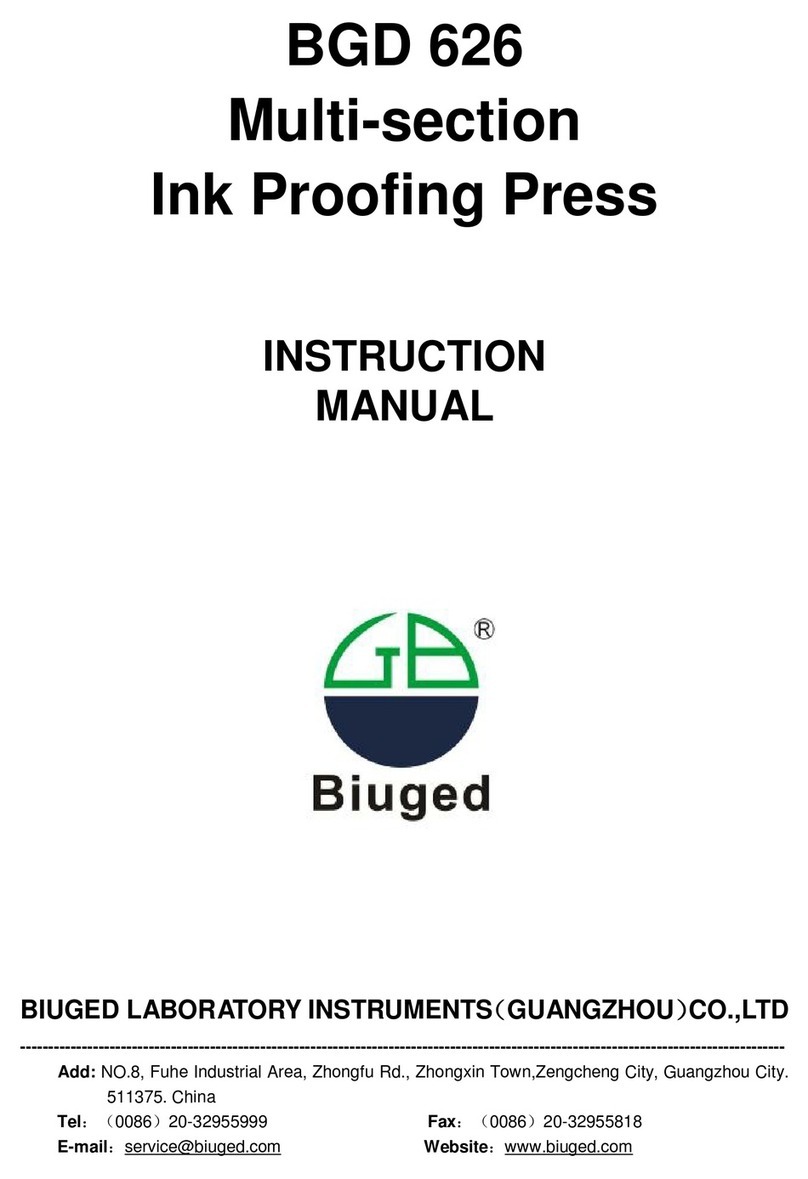
Biuged Laboratory Instruments
Biuged Laboratory Instruments BGD 626 instruction manual

VWR
VWR SAS Super IAQ instruction manual
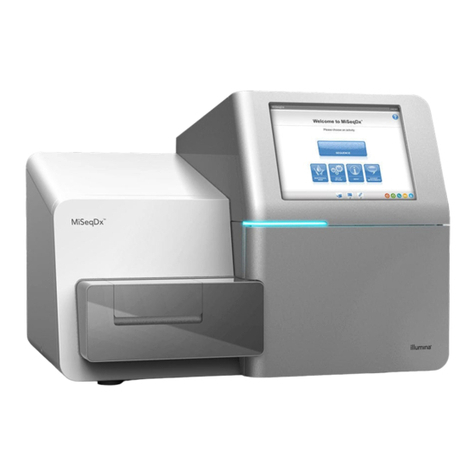
illumina
illumina MiSeqDx reference guide
